Raffia Palm
Raffia Palm Health Benefits
Edible Uses
The sap from the trunk is fermented to make palm wine, which is a very popular drink in West Africa. When fresh, the sap tastes like ginger beer. The alcohol content of the sap increases from less than 2% to about 5% during the first 8 days of tapping, remaining constant thereafter.
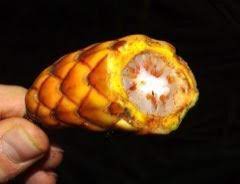
It is obtained from the inflorescence. It is tapped from the stem when the tree nears the flowering stage. The sap can be obtained either by cutting down the trunk and allowing the sap to drain out or by boring a hole in the trunk near the apex. Palm wine is obtained by piercing the base of the terminal bud, which leads eventually to the death of the palm
The wine is distilled into a strong alcoholic liquor and can also be used as bakers’ yeast Fruit – boiled and eaten. Poisonous raw.
The apical bud is cooked and used like cabbage. Harvesting this bud will eventually cause the death of the trunk because it is unable to make side branches
An edible starch is obtained from the stem
An oil is obtained from the fruit.
Medicinal
The oily mesocarp of the fruit is used in traditional medicine for its laxative and stomachic properties and as a liniment for pains.
Agroforestry Uses:
In Nigeria, the plant sometimes serves as support for yam.
In Benin, tomatoes, cassava, sugar cane, red pepper and other crops are sometimes grown on earth ridges in Raphia hookeri swamps.
Other Uses
Raffia, a soft but strong fibre, is obtained by pulling off ribbon-like strips from the upper surface of the leaflets of young unfolding leaves. It is used to make mats, hats, baskets, bags, ropes, hammocks, ceremonial costumes, etc.
It may be woven into cloth.
In Europe, it is used as tying material for horticulture and handicrafts
Raffia fibre has been considered as a potential source of pulp for paper production[.
The tough fibre (known as piassava) obtained from the petioles and leaf sheaths, is used for making brooms. It is used for the roller brushes employed in sweeping streets; and for making mats, bags, hammocks, ropes, etc. A tough, weather-resistant, coarse rope can also be made from this fibre.
A very fine-textured charcoal, much favoured for the manufacture of homemade gunpowder, can be made from the fibre.
Piassava fibre is water resistant, hard-wearing, and has the right balance between stiffness and elasticity to give a firm stroke to a broom and sufficient spring action to make the broom self-cleaning. Mature leaves yield higher-quality piassava fibre than younger leaves.
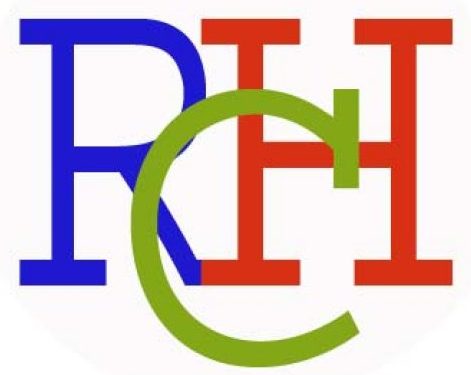
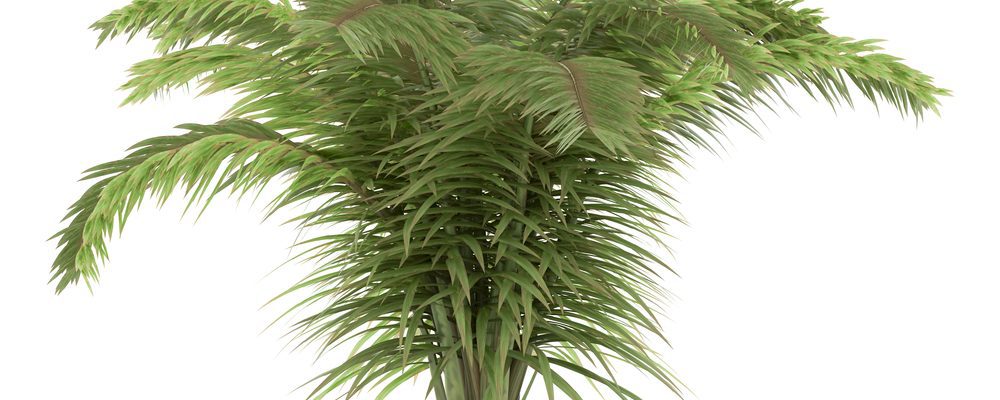



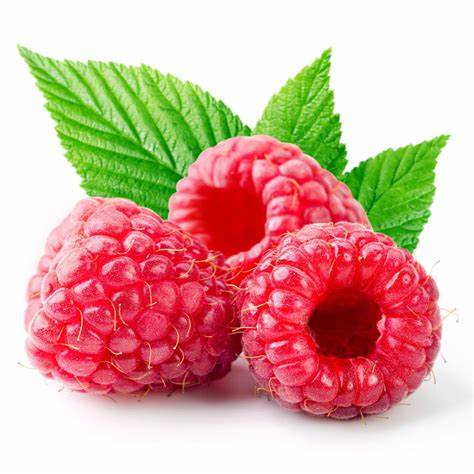
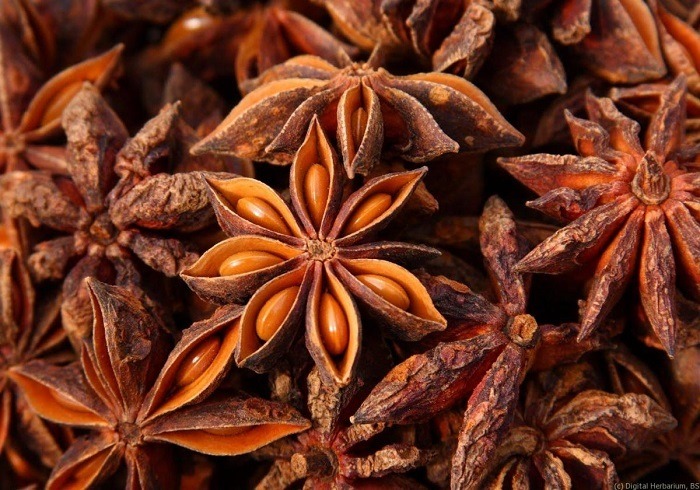

Review Raffia Palm.
You must be logged in to post a review.